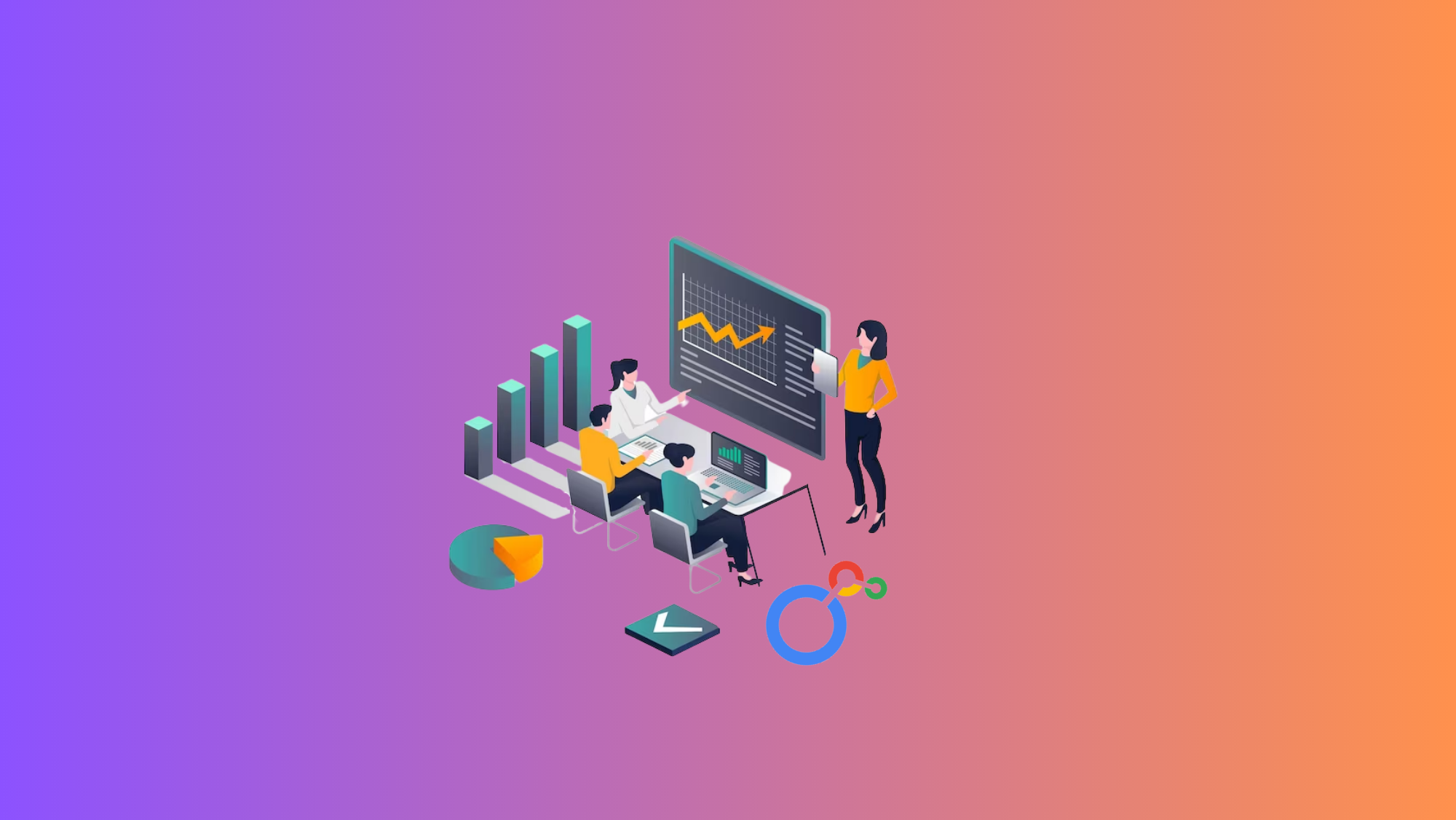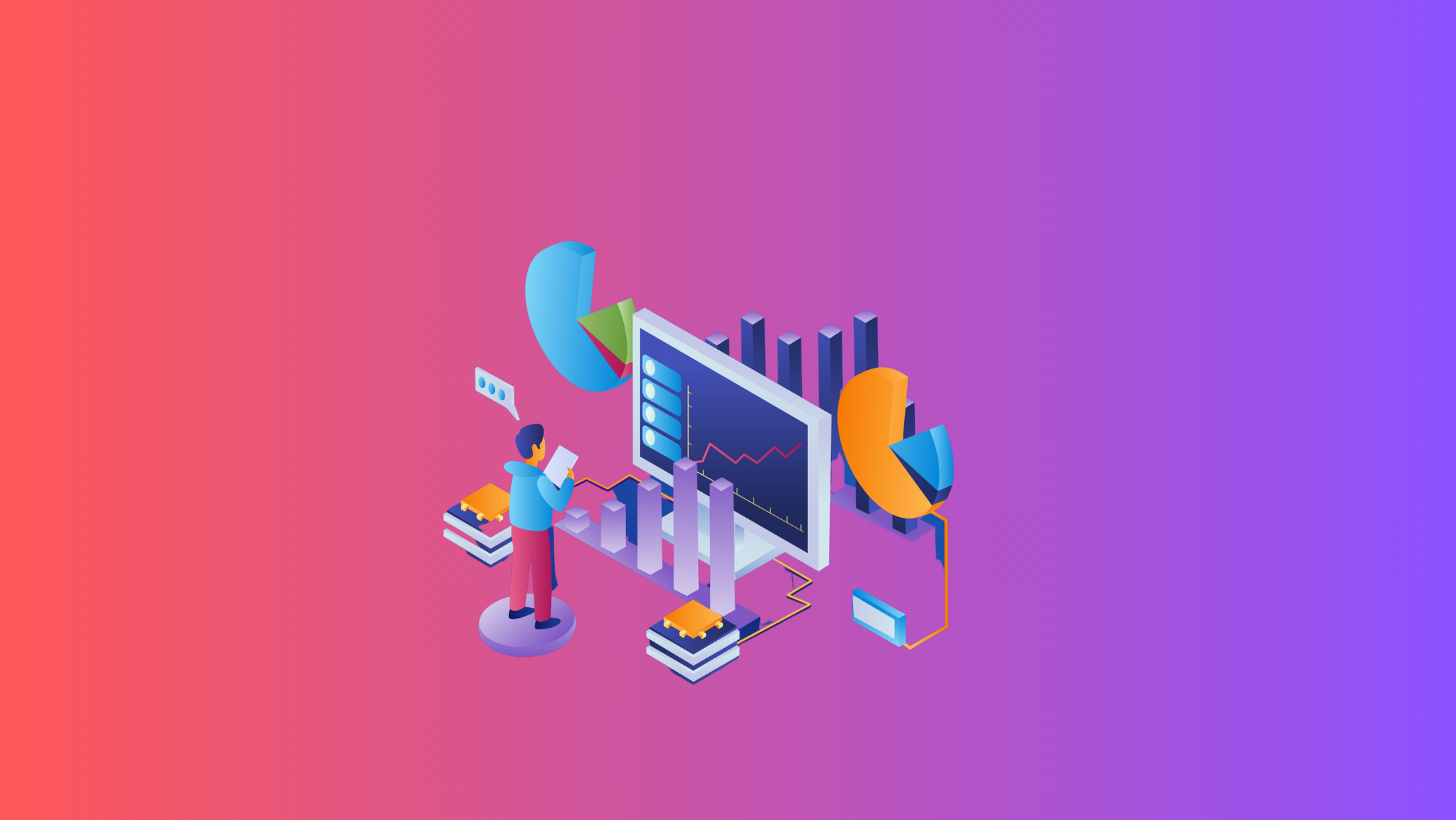Looker vs Traditional BI Tools: Why Looker is the BI Future
Introduction:
As the demand for data-driven decision-making continues to grow, businesses are faced with the challenge of choosing the right business intelligence (BI) tool to derive valuable insights from their data. Looker, a modern data analytics and visualization platform, has emerged as a disruptive force in the BI market. In this blog, we will explore the key differences between Looker and traditional BI tools, and uncover why Looker is positioned as the future of business intelligence.
1. Scalability and Agility:
Unlike traditional BI tools that often require significant upfront investments in infrastructure and lengthy implementation processes, Looker offers a cloud-based and scalable solution. With Looker, organizations can easily scale their analytics capabilities as their data and user needs grow, making it more agile and adaptable to changing business requirements.
2. Data Exploration and Discovery:
Traditional BI tools often rely on predefined reports and dashboards, limiting users' ability to explore and discover insights beyond the predefined scope. Looker, on the other hand, empowers users with self-service analytics, allowing them to explore data, ask ad-hoc questions, and drill down into granular details. This flexibility promotes a data-driven culture and empowers users to uncover valuable insights on their own.
3. Data Modeling and Transformation:
One of Looker's key strengths lies in its data modeling capabilities. Looker's proprietary language, LookML, enables users to create reusable and centralized data models, ensuring data consistency and reducing duplication efforts. This approach simplifies data transformation and allows for more efficient data governance compared to the complex and siloed data models of traditional BI tools.
4. Collaborative Analytics:
Collaboration is essential for effective data analysis and decision-making. Looker fosters collaboration by providing a centralized platform where users can share and collaborate on reports, dashboards, and insights. Looker's collaborative features enable teams to work together, share knowledge, and drive alignment across the organization, fostering a data-driven culture.
5. Extensibility and Integration:
Looker embraces an ecosystem approach, allowing seamless integration with various data sources, applications, and external tools. This extensibility enables organizations to leverage their existing investments and combine data from different sources for a holistic view. Traditional BI tools often lack this level of integration flexibility, limiting their ability to leverage data from diverse systems effectively.
Conclusion:
Looker represents a paradigm shift in the world of business intelligence, offering organizations a modern and agile approach to data analytics and visualization. With its scalability, self-service capabilities, advanced data modeling, collaborative features, and seamless integration options, Looker is positioned as the future of business intelligence. By embracing Looker, organizations can unlock the true power of their data, derive meaningful insights, and make data-driven decisions that drive success in today's fast-paced and data-centric business landscape.
You May Also Like
These Related Stories

Everything You Need to Know About Looker Training

Mastering Looker: A Guide to Data Analytics and Visualization



No Comments Yet
Let us know what you think